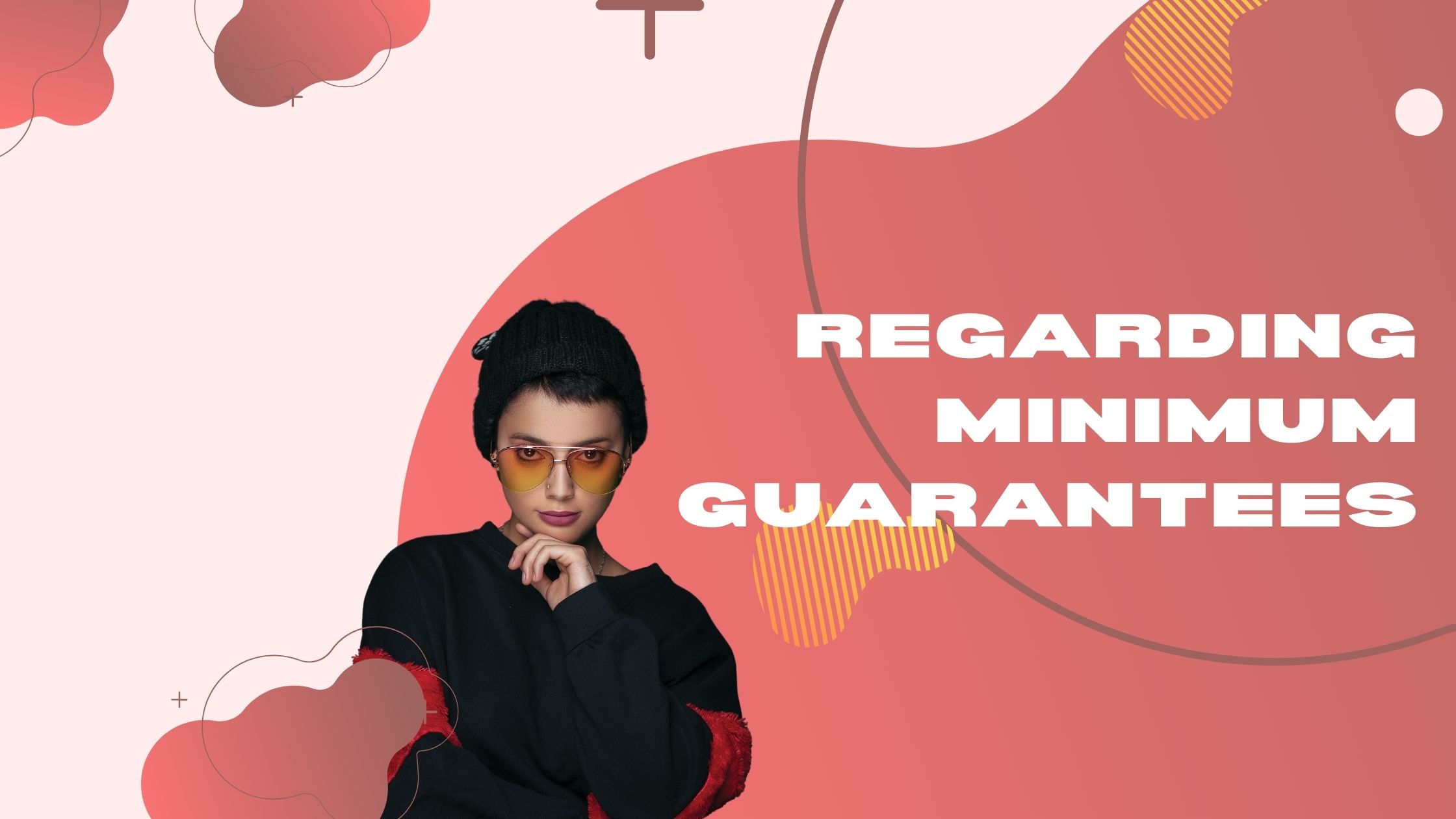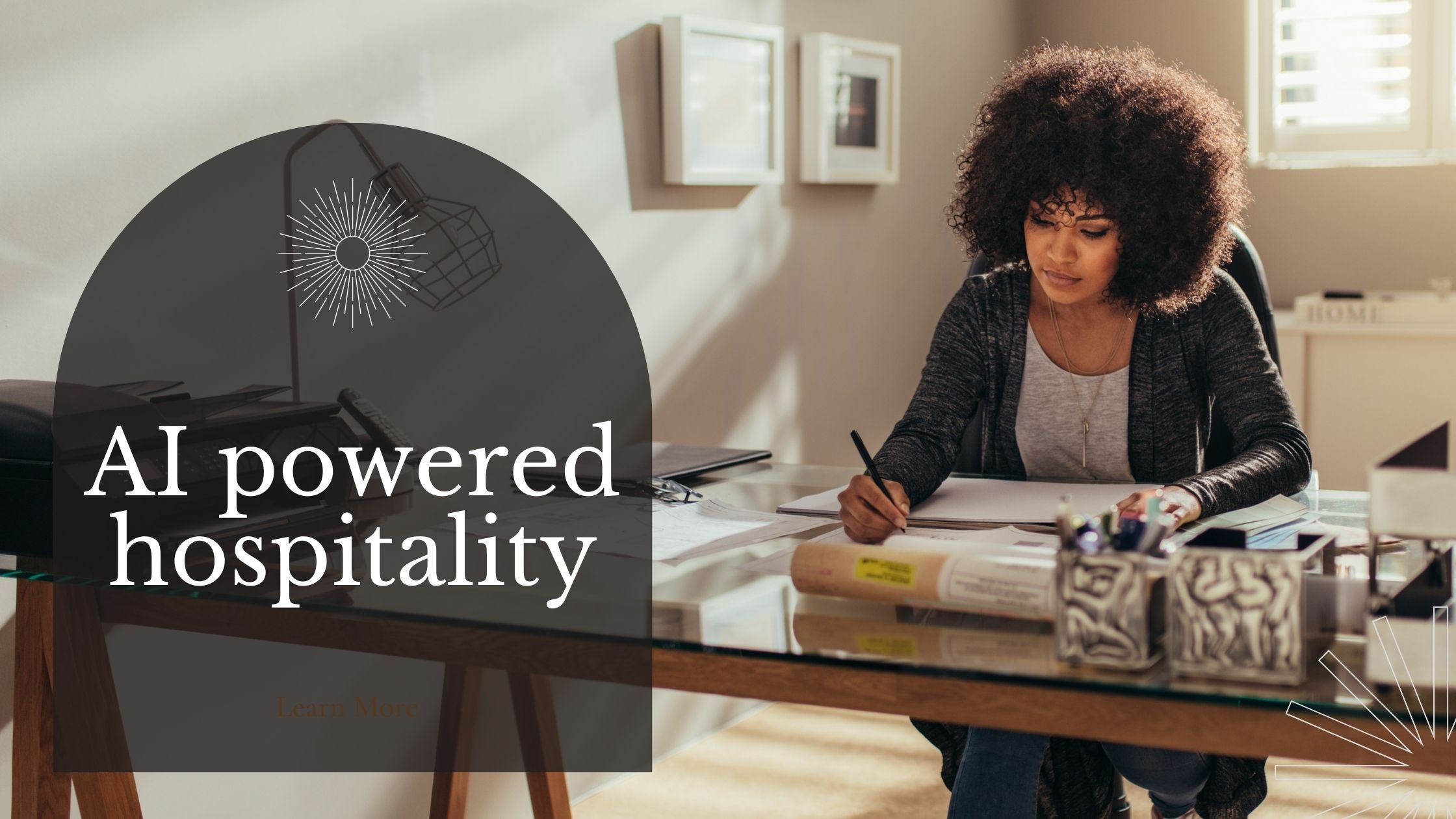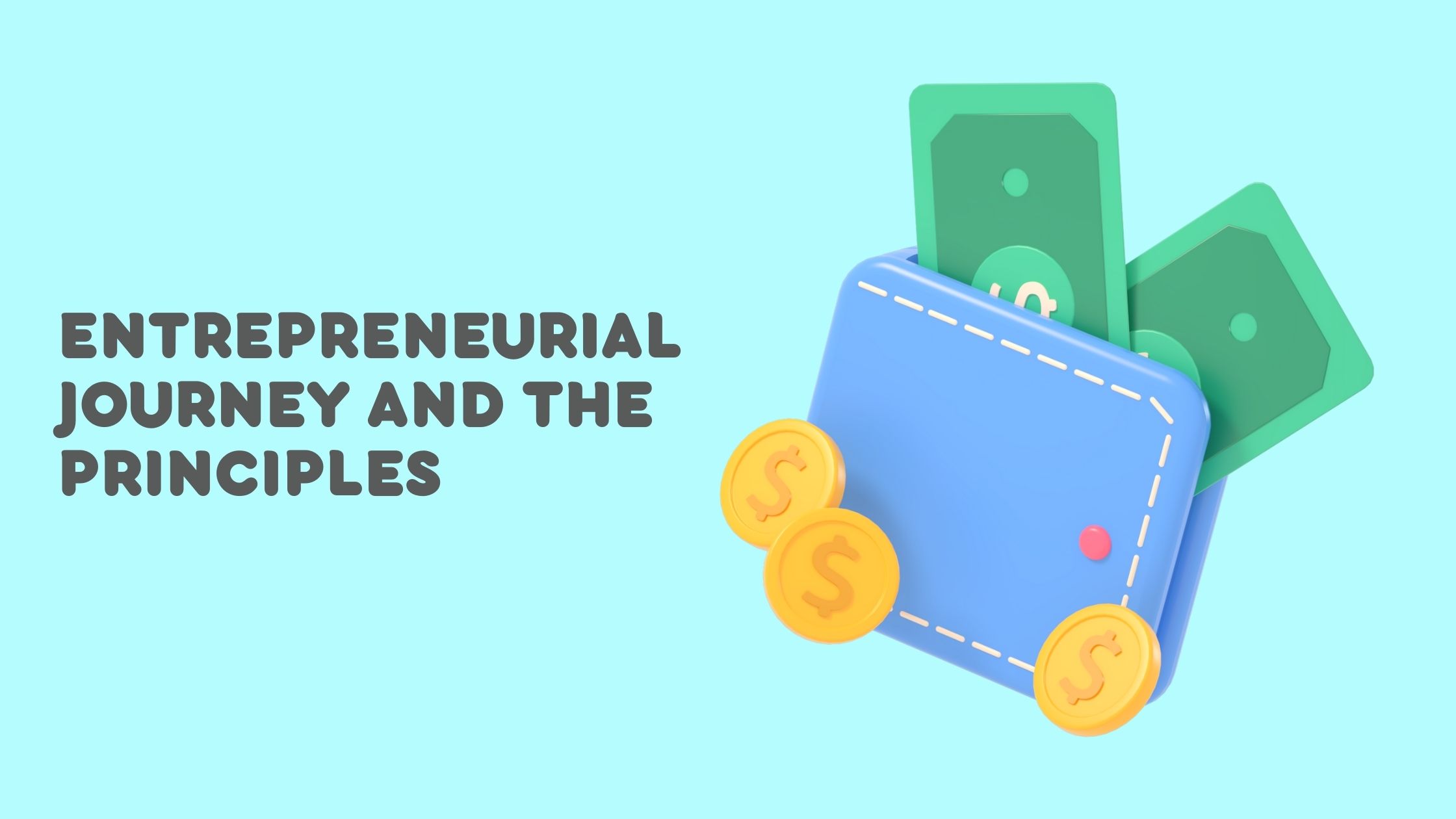The second bit is our room-rate pricing being very low. That was, is, and will remain only a very low single-digit percentage of transactions. Number three; on a full year basis, we have always been able to generate a positive take rate even if it was very low earlier. Over time, it has increased because of the various system changes and an increased value proposition to consumers and partners.
Also at that time, we used to report the “booked room nights” metric externally because that is what other peers were doing. Internally, this was never a metric that our team was concerned about and instead, we were firmly focused on “used room nights”.
Regarding minimum guarantees

Finally, regarding minimum guarantees. For us, minimum guarantees were always a thin wedge that we used to open up relationships with new partners, both domestically in India as well as in new markets. Our plan was to use minimum guarantees to give ourselves the flexibility to set pricing for hotel rooms and thus improve occupancy by matching supply and demand dynamically.
As of today, the majority of our partner relationships are based on revenue sharing and we only have 2-3% of contracts as minimum guarantees. Also, even earlier, there were only a small percentage of properties that would significantly account for minimum guarantee losses. Over time, each, if not every, such partnership would be net accretive to us from a revenue perspective.
Revenue perspective
Q. Ok, now can we talk about the elephant in the room—the Covid pandemic? How has the pandemic impacted OYO and what are you doing in response?
Sure. Look, first of all, there is no question that we are heavily impacted, given the crisis that it has brought with itself. India, specifically, because there is a nationwide lockdown right now, and it doesn’t seem like it’s going to get better as we speak.
From my perspective, there are a few important areas. The first one is to make sure that we are prepared to ensure that our partners need us more than ever before today. So it’s critical that we can prepare our partner ecosystem. The first thing in the path that we are preparing is a ‘sanitised stay’ tag in our hotels. We have set up a bunch of policies right from entry at the hotel, check in, in-room service and housekeeping, check out, baggage collection and baggage departure.
For each part of the experience, we are working to make sure that we are prepared. At this point in time, it is still difficult to predict in what direction the business is going to go. But, we are seeing some early greenshoots in markets like China, where we have now reached occupancy of 45%, up from 20% or so during the peak of the pandemic.
Q. In the post-Covid world, hotel partners will be faced with challenges they have never seen before. How will you help them? What are you doing to strengthen your relationship with asset owners?
Covid-19 is having a huge impact on the entire hospitality industry worldwide, with occupancy rates plunging.



